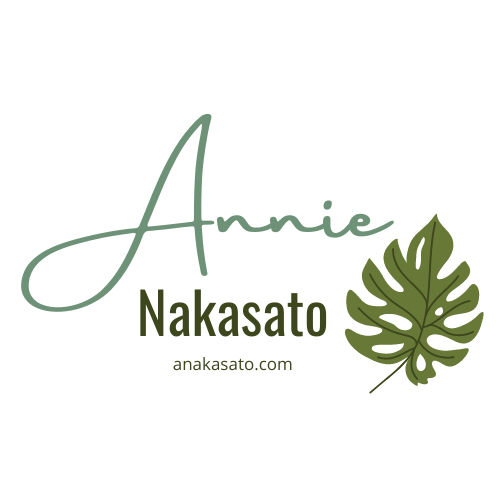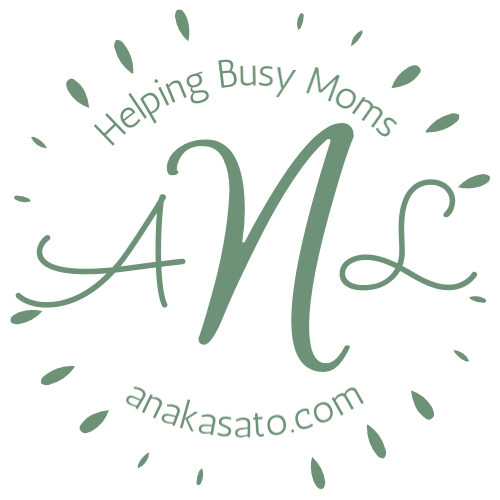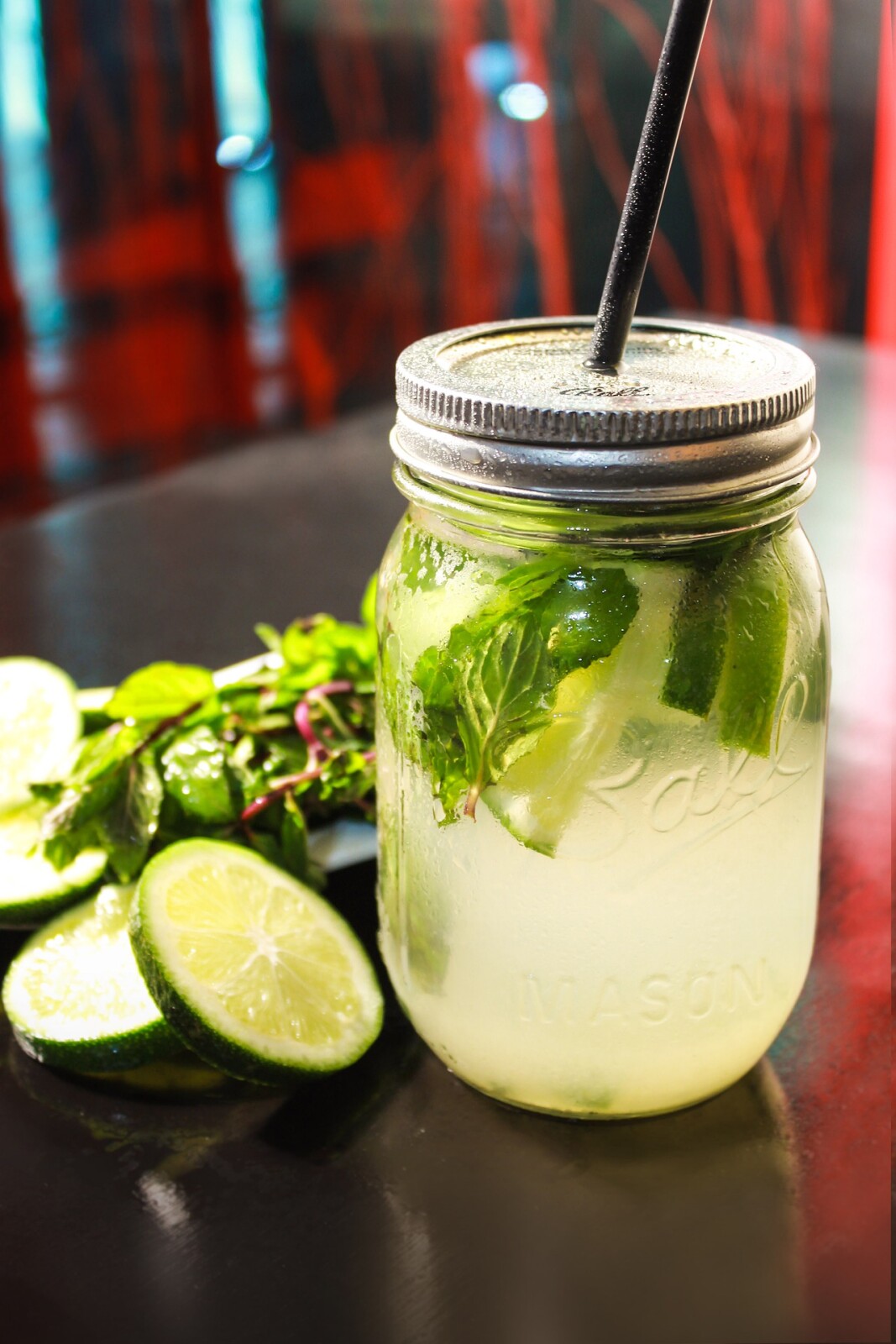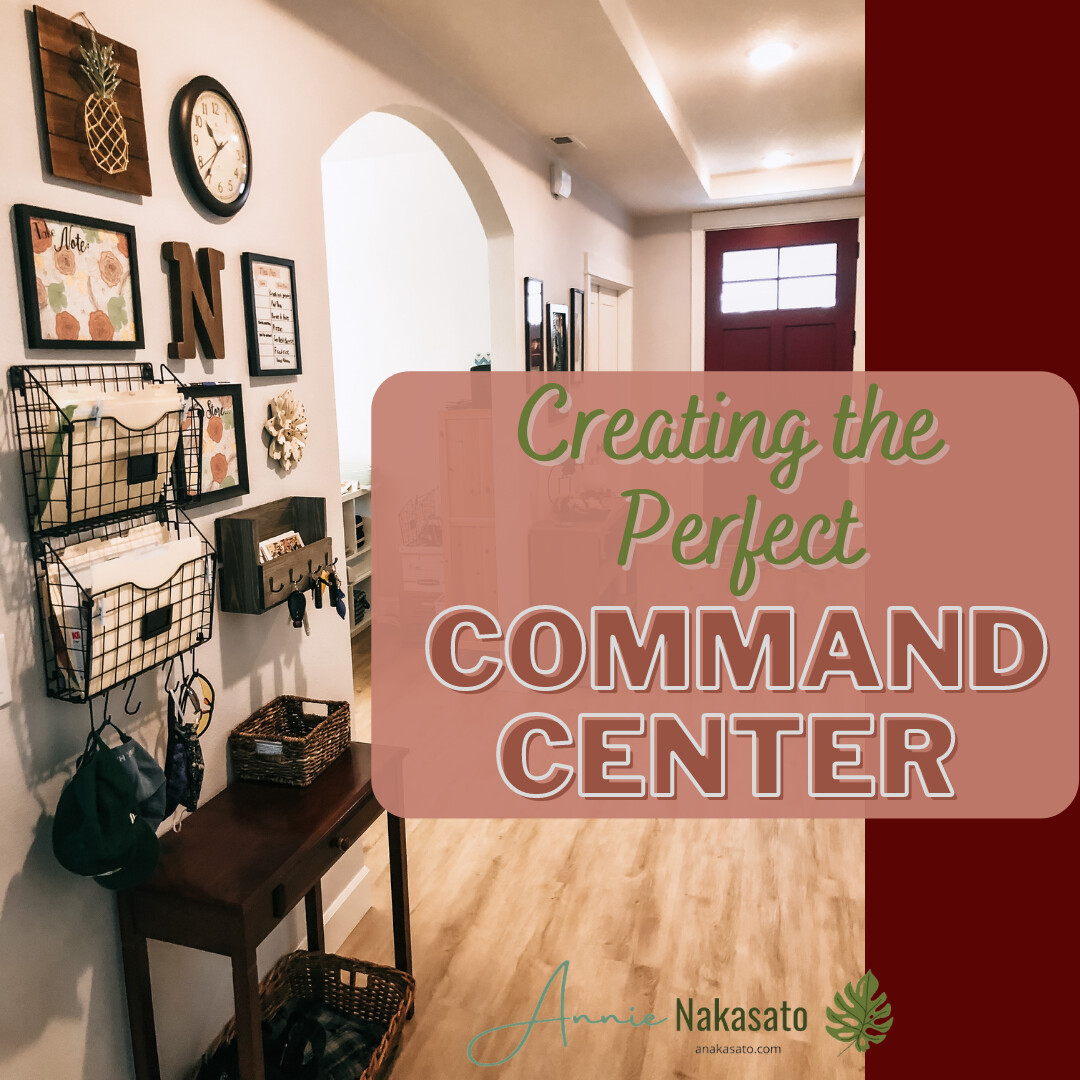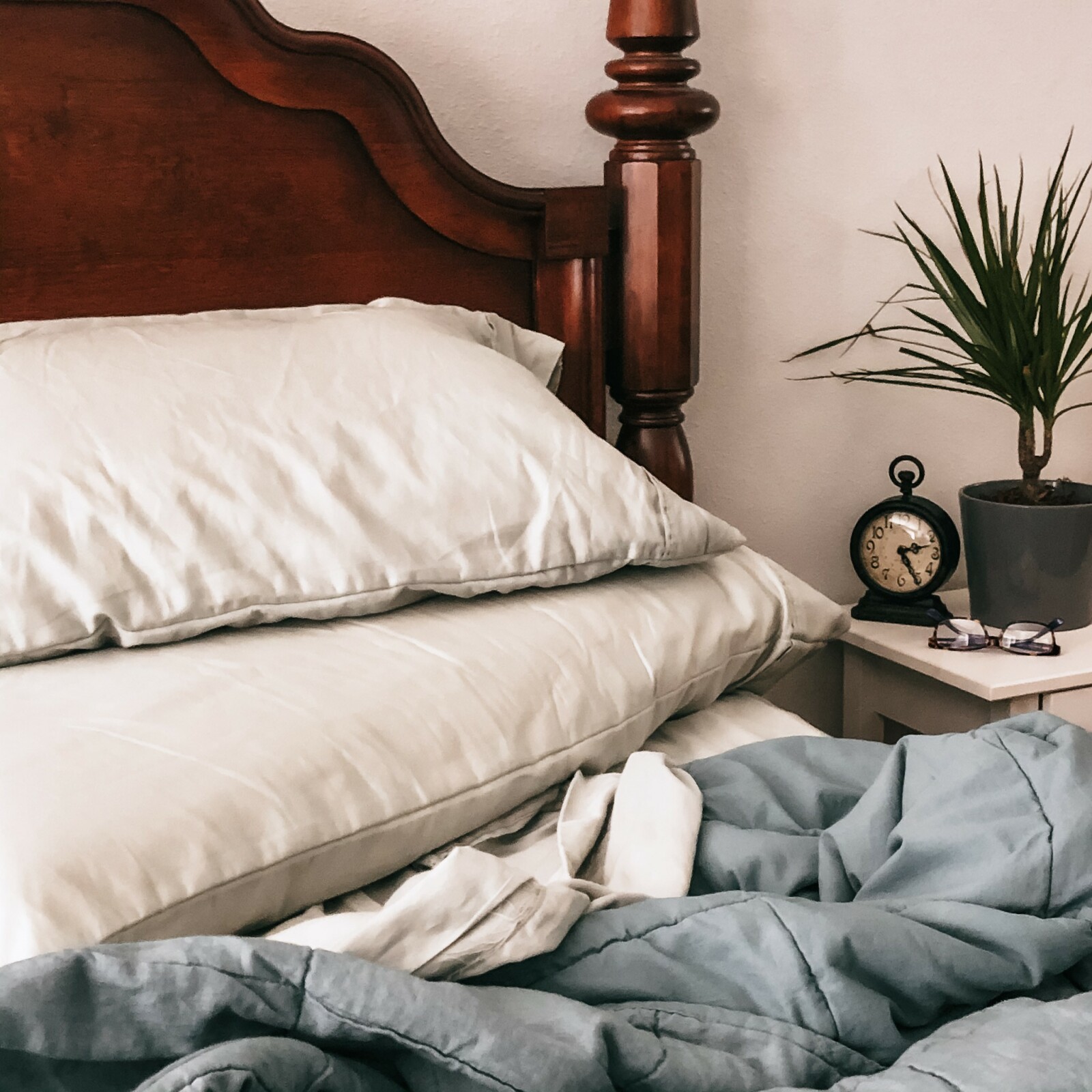
My family is working towards living a more sustainable lifestyle. We aren’t totally there yet, but we are taking steps in the right direction. I believe that if everyone tried to do some things that are more sustainable, the world would be a better place.
What is sustainability? According to the United Nations, sustainability means,
“meeting the needs of the present without compromising the ability of future generations to meet their own needs.”
Some examples of a sustainable lifestyle are:
Eliminating single use plastics
Composting
Avoiding paper products
Using reusable bags
Recycling
Upcycling (or reusing)
Energy efficient appliances
Reducing electricity use
Driving your car less frequently
Why should we live a more sustainable life?
The Earth -
This is the most important reason! If we continue to live the convenience lifestyle we have been doing, we will continue to grow the landfills and pollute our water sources. According to a University of Utah study, Americans represent only 5% of the Earth’s population, yet we generate 30% of the Earth’s garbage. If we continue on this trajectory, it will lead to an Earth that is not well suited for sustaining our children and grandchildren. If we can make small steps now, we can improve things.
Control of Ingredients -
One of the benefits of living a sustainable lifestyle is that we can better control what we bring into our home. Sure, those plastic water bottles are convenient and may even encourage us to drink more water, but how good is the water inside those bottles? There have been studies on water bottles that show a wide range of quality in the water. When I use my own water source and a reusable bottle or cup, I know exactly what I’m getting every time. You are much better off with filtered tap water that you trust.
More Independence -
This didn’t use to be as important as it is right now. When you are living a more sustainable lifestyle, you are much more independent than your convenience lifestyle friends. What do you do when there are no more packs of bottled water at the store? What do you do when you can’t find any more paper towels? Well, if you are set up to live more sustainably, the answers are easy. You keep doing what you’ve already been doing. Scarcity at the stores will have much less of an impact on people who are willing to invest in practices that sustain them and the environment. You are no longer so dependent on those conveniences.
Are you ready to live a more sustainable life?
There are some simple changes you can make today that will create a better world for you and for your children. You can get my FREE guide to living more sustainably called How a Normal Person Can Be Semi-Crunchy. You don’t have to live off-grid in a yurt and produce zero waste to make a difference, but that is totally an option.
Want to subscribe to my blog so you don't miss a thing? Click here and I'll shoot you an email whenever a new blog post lands.
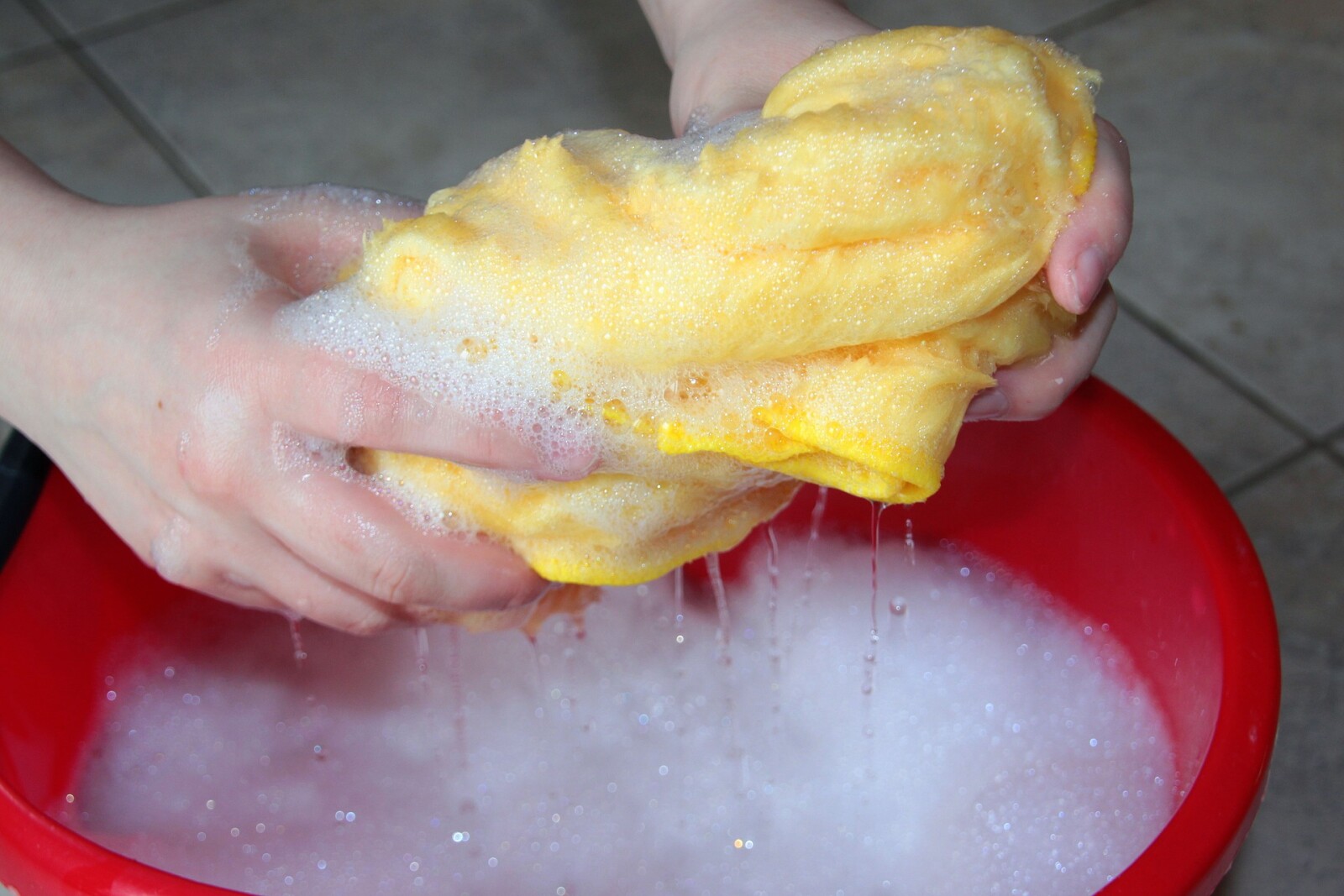
As a mom, you are the gatekeeper to your home. You are the one who is deciding what products go into your cart at the store and which come to the doorstep of your home. It is up to you to decide what is best for your family.
Here’s the truth. My house used to be filled with this stuff. We were getting sick all the time. As I started to slowly shift our products for healthier ones, we started to feel better more consistently. Now, don’t get me wrong, we are not perfect holistic crunchy folks over here. This is not something that happened overnight for us. We started with one product, then added another, until eventually, we were able to swap out most of the toxin laden products for healthier versions. It was all about baby steps for us.
Here are the top 10 culprits that are worth avoiding (read - run far, far away!)
Parabens
Parabens are widely used as preservatives that prevent the growth of bacteria, mold and yeast in cosmetic products. Sounds good, right? But, they do more than that... Parabens possess estrogen-mimicking properties that are associated with increased risk of breast cancer.
Synthetic colors
If you take a look at your product label and notice FD&C or D&C, they represent artificial colors. F — representing food and D&C representing drug and cosmetics. These letters precede a color and number (e.g., D&C Red 27 or FD&C blue 1). These synthetic colors are derived from petroleum or coal tar sources. Synthetic colors are suspected to be a human carcinogen, a skin irritant and are linked to ADHD in children. In Europe these colorants are considered carcinogenic and the European Union has banned them. Yet, it is perfectly legal in the United States.
Fragrance
What does “fragrance” mean anyway? This term was created to protect a company’s “secret formula.” In reality it’s a sneaky way that companies can slip in up to 3,000 chemicals that are hazardous to your health. According to the Environmental Working Group (EWG) Skin Deep Database, fragrance mixes have been associated with allergies, dermatitis, respiratory distress and potential effects on the reproductive system.
Phthalates
Phthalates are used to increase the flexibility and softness of a product. The most common ones are dibutyl phthalate (nail polish), diethyl phthalate (perfumes + lotions), & dimethyl phthalate (hair spray). They are known to be endocrine (hormone) disruptors and have been linked to increased risk of breast cancer, early breast development in girls, and reproductive birth defects in males and females.
Triclosan
Triclosan is a widely used antimicrobial chemical that’s a known endocrine disruptor — especially to the thyroid and reproductive hormones, and it is a skin irritant. Studies raise concerns that triclosan contributes to making bacteria in the body antibiotic-resistant. In 2016 the FDA banned its use in soaps, yet it’s STILL permitted to be used in toothpastes & deodorants.
Sodium lauryl sulfate (SLS) / Sodium laureth sulfate (SLES)
These surfactants can be found in more than 90% of personal care and cleaning products (anything that produces foam or suds). SLS’s are known to be skin, lung, and eye irritants. Worse yet, SLSs can bind with other chemicals to form nitrosamines, which are known carcinogens which can lead to other issues like kidney and respiratory damage.
Formaldehyde
Formaldehyde and formaldehyde-releasing preservatives (FRP’s) are used in many cosmetic products to help prevent bacteria growth. This chemical was deemed as a human carcinogen and has been linked to occupational related cancers nasal and nasopharyngeal. It is known to cause allergic skin reactions and it may also be harmful to the immune system.
Toluene
Toluene is a petrochemical derived from petroleum or coal tar sources. You may see it on labels listed as benzene, toluol, phenylmethane, methylbenzene. Toluene is a potent solvent able to dissolve paint and paint thinner. It can affect your respiratory system, cause nausea and irritate your skin. Expectant mothers should avoid exposure to toluene vapors as it may cause developmental damage to the baby. Toluene has also been linked to immune system toxicity.
Propylene glycol
Propylene glycol is a small organic alcohol commonly used as a skin-conditioning agent. It has been associated with causing dermatitis and/or hives even when containing only 2%.
Butoxydiglycol
Butoxydiglycol is highly toxic and can disrupt the hormone system. It can be commonly found in household cleaners and degreasers. It is toxic to aquatic life. The European Union has banned this solvent in concentrations above 3% in aerosol cleaners. It is known to irritate and inflame the lungs.
I was shocked to see this list when I started to look at labels in my cabinets. I could not believe that I was bringing those hazards into my home. Do not despair! There are products out there that are much safer for your family. Knowing is half the battle. It’s impossible to avoid every single synthetic chemical, but we can do our part in limiting the amount of toxins our bodies are exposed to by using personal care products that do not contain these toxic chemicals.
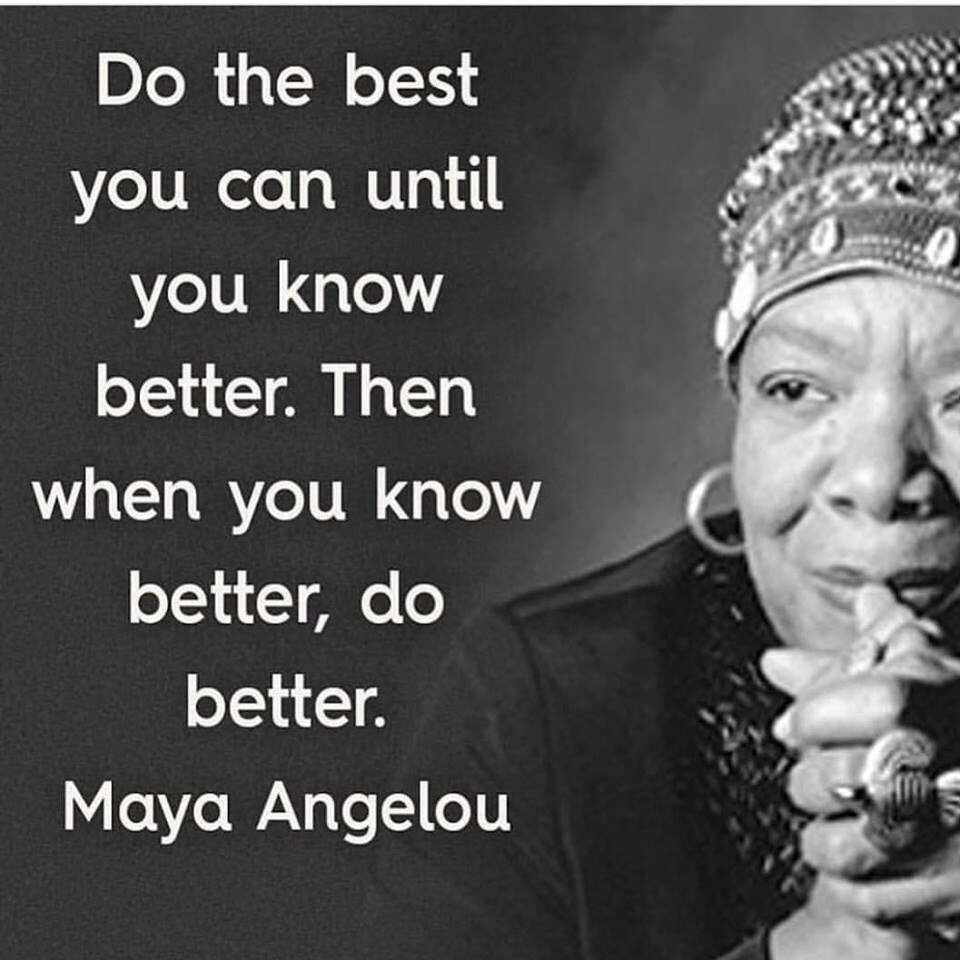
I made an Ingredients Cheat Sheet for you to take with you when you are shopping so you can have a quick place to double check before you buy. The Cheat Sheet includes these 10, plus others that are commonly found and well worth avoiding. I used the same list in my own cabinets as I started to swap out my products. Before buying new, I would look at the ingredient list and compare it to the list. If it didn’t pass the test, I knew that Iwas going to have to look for something new with better ingredients.
Get the Ingredients Cheat Sheet here!
Want to subscribe to my blog so you don't miss a thing? Click here and I'll shoot you an email whenever a new blog post lands.
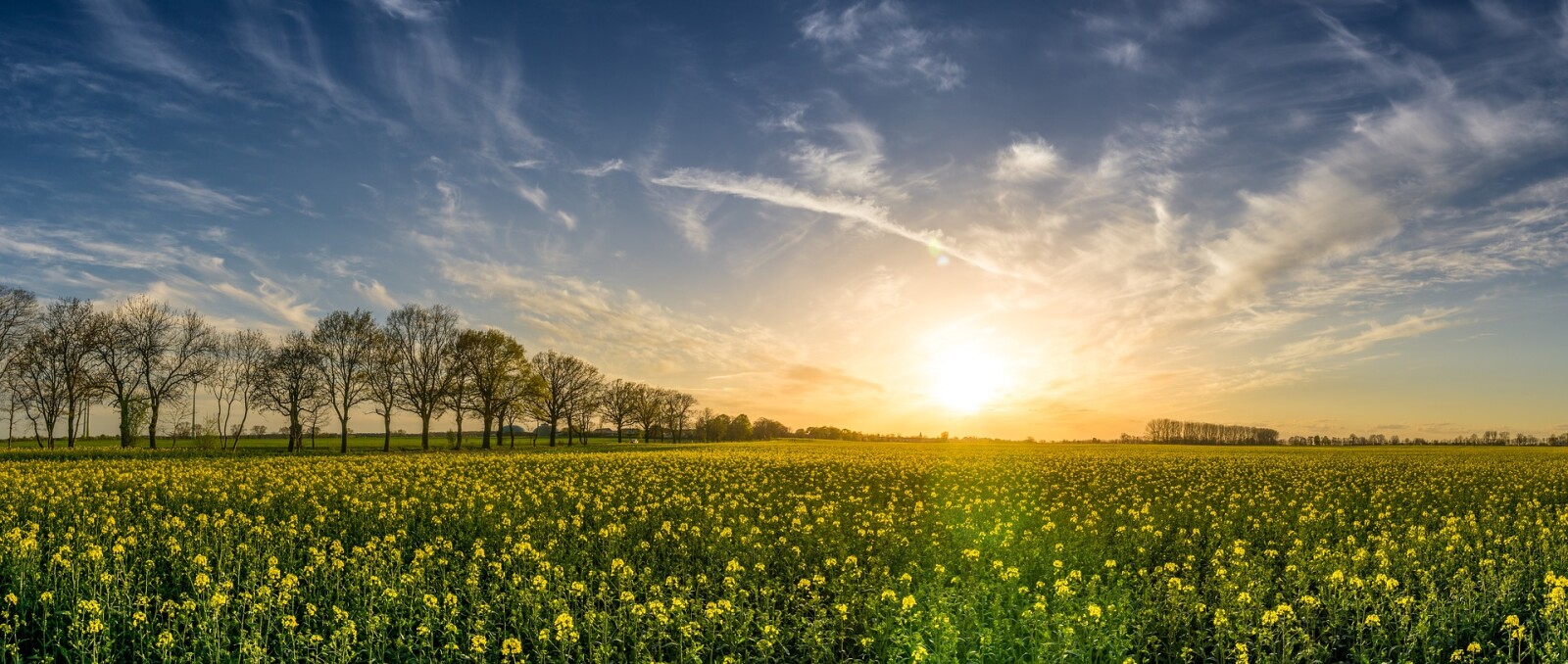
Are you a victim of greenwashing? Many of us have fallen for the marketing ploys of clever companies. We want to do what’s best for our families, but are we really?
The Cambridge Dictionary defines greenwashing as…
“an attempt to make people believe that your company is doing more to protect the environment than it really is”
Those candy colored bottles may seem eco-friendly, quirky, hipster, and homemade -- but that’s just NOT the case. They may even be named to evoke feelings of someone’s grandma on a farm who mixes up that stuff. They may put a farm on their logo and change their color scheme to green. The labels may be filled with words like natural, clean ingredients, eco-friendly and plant-based. Truth be told, the company is likely owned by a major corporation who also makes toxic cleansers and pesticides.
Its kind of like the “low fat” claims of yesteryear. All of a sudden, we kept seeing LOW FAT on labels. It sounds great, but in reality, for many products, it simply meant that it was just lower in fat than the regular version which had tons of fat. So, was it healthy for you because it said “low fat”? Not necessarily! There was no regulation in place to ensure that it was in fact below a certain standard of fat.
What was behind all of this? Companies bottom lines. They knew that in order to compete in that market, they had to have something labeled in a way to sell their product.
The emphasis on labels for the “natural” ingredients does not tell the whole story. Let’s say that a product has 65% plant based ingredients. So, what’s the other 35%? Likely toxic ingredients that you definitely don’t want in your home. Of course, the label is not going to highlight that part. The average consumer will read the front label and see “natural” or “plant-based” and look no further. We need to do our due diligence again as consumers.
You may be surprised to find out that organic does not mean pesticide free. The USDA approves certain pesticides, so just being labeled “organic” is not enough. If it matters to me, I need to look at the source.
- Claims on the package that don't have any facts to back them up.
- Claims that sound too good to be true.
- Labels filled with jargon mumbo jumbo that are designed to "sound good."
- An ingredient list that doesn't match up with claims.
- Newly repackaged items that are identical in contents, but suddenly are "natural."
- Emphasis on a small part of the product that is eco-friendly while the rest is not.
Companies are smart, but WE are smarter. We decide what products we buy. We are the gatekeepers of our homes. If we want the best for our families, we either need to find a company we trust, make our own products, or some combination of both.
Interested in what products pass the test for my family? Ask me here to find out.
Want to subscribe to my blog so you don't miss a thing? Click here and I'll shoot you an email whenever a new blog post lands.
